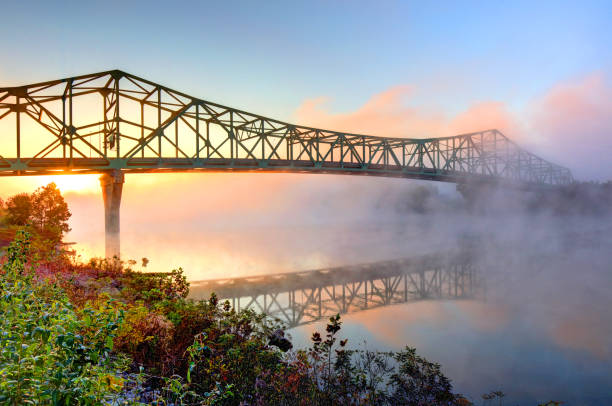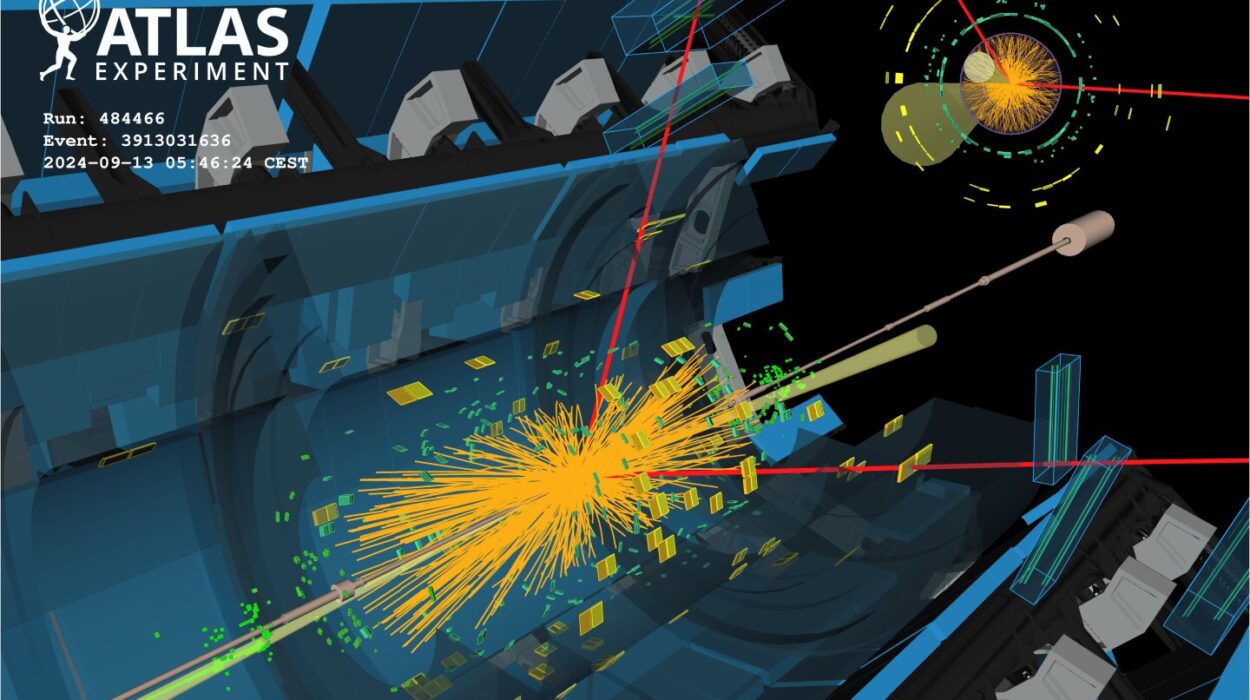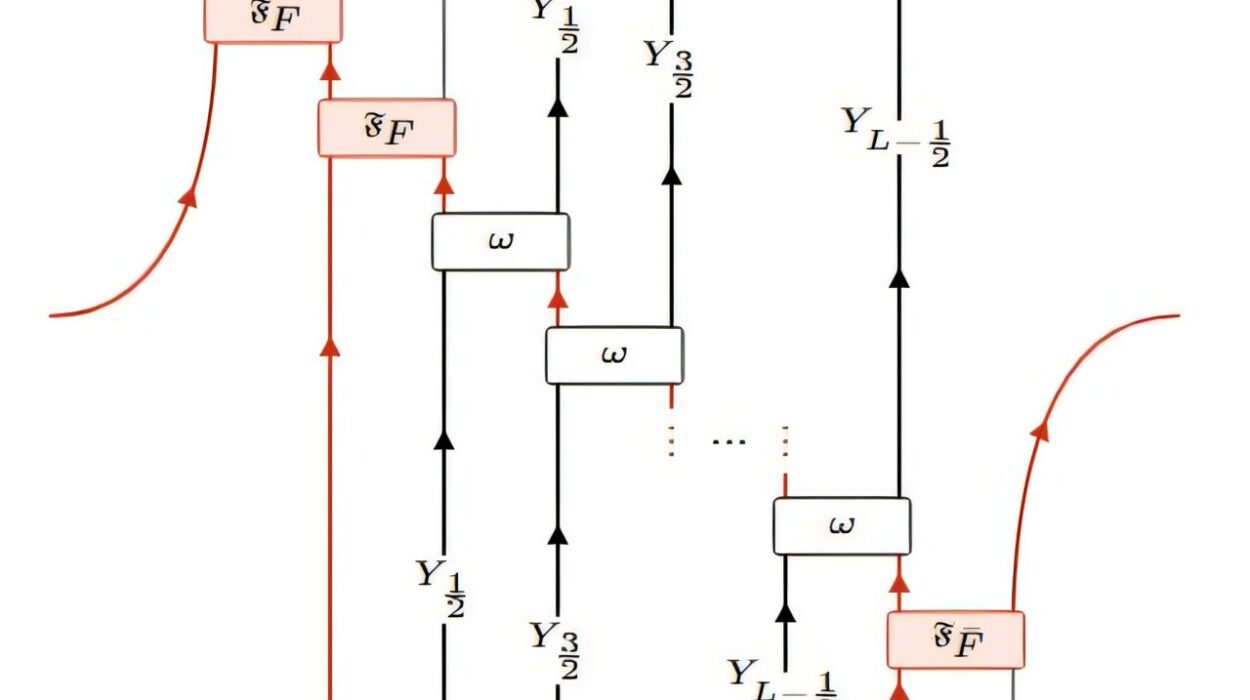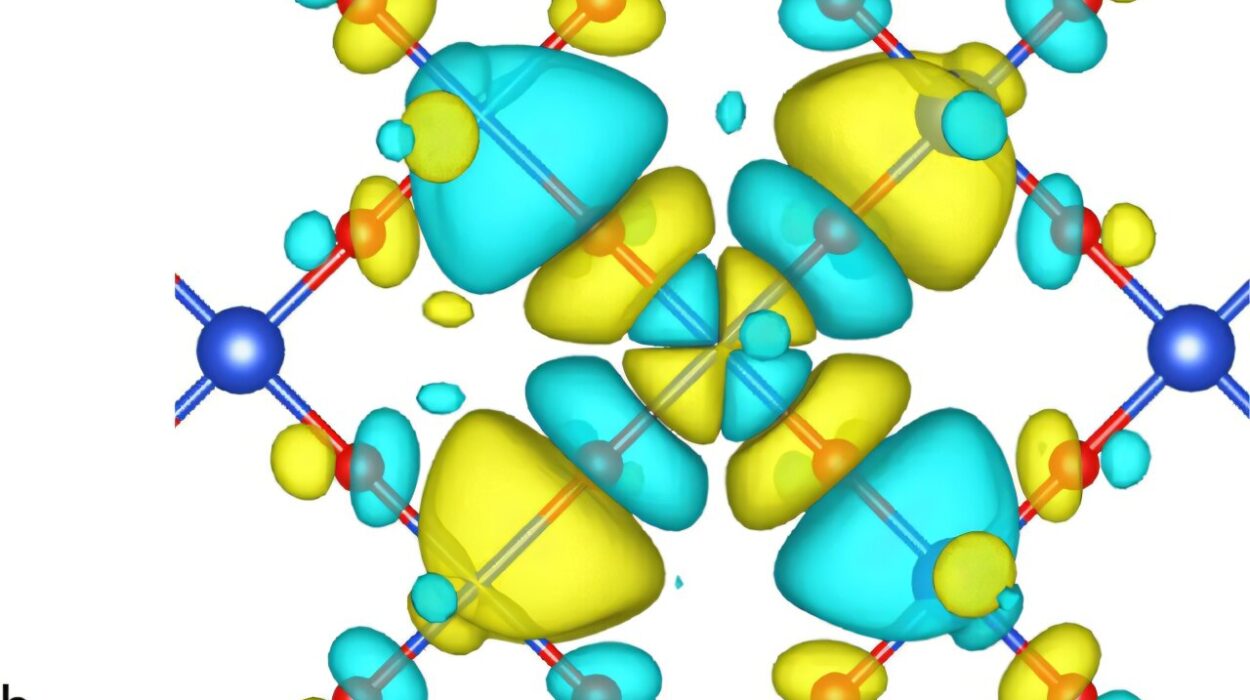Bridges are among the most elegant and enduring human creations. They rise across canyons, stretch over rivers, span busy highways, and even soar between buildings. At first glance, a bridge might seem like a mere assembly of concrete and metal, but beneath every graceful arch or towering beam is a world of invisible forces. These structures are marvels of physics—complex negotiations between tension and compression, load and equilibrium, balance and gravity.
The science that keeps a bridge aloft is rooted in classical mechanics, the branch of physics pioneered by Galileo and Newton. Every truss, cable, and tower serves a purpose—some to support, others to pull, all working in harmony to create the illusion of effortless suspension in midair. This article will take you on a journey into the deep mechanics of bridge engineering, unraveling the principles of physics that make bridges not only possible, but reliable, beautiful, and even poetic.
What Makes a Bridge Work?
The basic purpose of any bridge is simple: to span a gap and carry loads across that gap. But that straightforward task is anything but simple in execution. A bridge must support its own weight, bear the weight of vehicles and pedestrians, and resist environmental forces like wind, earthquakes, and temperature changes. To do all this, a bridge must channel forces in highly controlled ways. The two primary forces at play in any bridge are tension and compression.
Tension is the force that stretches or pulls apart. It acts on elements like cables and tie rods, which are designed to resist being pulled apart. Compression, on the other hand, is the force that squeezes or pushes together. It acts on columns, arches, and pillars that resist being crushed. These opposing forces are the yin and yang of structural physics, and managing them effectively is the secret to every great bridge.
The Four Main Bridge Types: A Physics Perspective
While there are countless bridge designs, most fall into four primary categories, each uniquely exploiting the principles of physics: beam bridges, arch bridges, suspension bridges, and cable-stayed bridges. Each type is a case study in how to control and balance tension and compression to create a stable span.
Beam Bridges: Simplicity in Action
The beam bridge is the most fundamental type. It consists of a horizontal beam supported at each end by piers. The beam acts like a diving board, bending slightly under the weight it carries. The top of the beam experiences compression as it’s pushed downward, while the bottom experiences tension as it’s pulled apart.
Although beam bridges are simple, they have limits. The farther apart the supports are, the more the beam bends under its own weight. Engineers use materials like steel-reinforced concrete to strengthen beams against bending, and may add extra supports or use multiple spans to distribute the load.
Arch Bridges: Mastering Compression
Arch bridges are among the oldest and most beautiful of all designs. The arch itself naturally diverts the load away from the center and down into the supports at either end, called abutments. This design makes excellent use of compression. As weight is applied, the curved structure channels the force along its arc, compressing the materials instead of bending them.
The physics of the arch is especially interesting. As the load pushes down on the keystone—the topmost central stone—it creates a series of compressive forces that radiate outward along the curve. This is why arch bridges can span great distances and carry heavy loads, all without needing the tall vertical supports used in other bridge types.
Suspension Bridges: The Art of Tension
Suspension bridges are modern engineering marvels. In this design, the deck (the part you drive or walk on) hangs from cables that are strung between towers. The main cables drape over the towers and are anchored at both ends of the bridge. These cables experience tremendous tension, holding up the deck by transferring the weight through vertical suspenders.
The genius of a suspension bridge is how it distributes load. The weight of the deck and its traffic pulls down on the vertical cables, which in turn pull on the main cable, creating tension. That tension is transferred to the towers, which push down into the ground, experiencing compression. This design allows suspension bridges to span incredibly long distances—like the Golden Gate Bridge—while remaining flexible and lightweight.
Cable-Stayed Bridges: A Modern Fusion
Cable-stayed bridges look somewhat similar to suspension bridges but function differently. In these structures, cables run directly from the towers to various points along the deck, forming a fan-like or harp-like pattern. These cables bear the load through tension, while the towers bear it through compression.
Cable-stayed bridges are more rigid than suspension bridges and typically easier to construct, as they don’t require massive anchorages. The physics of this design lies in the balance between the angled cables pulling on the deck and the towers resisting those pulls by pushing down.
Newton’s Laws on a Bridge
At the heart of bridge mechanics are Newton’s three laws of motion, particularly the second and third laws. Newton’s Second Law tells us that force equals mass times acceleration (F = ma), which is essential in calculating how a bridge must react to dynamic loads—like a car braking suddenly or a gust of wind striking the deck.
Newton’s Third Law—every action has an equal and opposite reaction—explains how bridges remain stable. When a load presses down on a bridge, the bridge exerts an equal force upward. This interplay of forces ensures equilibrium, a condition every bridge must maintain to avoid collapse.
Load Types: The Physics of Weight and Motion
In structural engineering, loads are classified into several categories, each influencing how a bridge is designed.
Dead loads are the bridge’s own weight—its beams, cables, concrete, and fixtures. This load doesn’t change over time and must be supported permanently.
Live loads include vehicles, pedestrians, trains, and even bicycles. These loads are variable and often move, making them harder to predict. Engineers must ensure the bridge can withstand the maximum expected live load.
Dynamic loads are loads that involve movement or impact, such as wind, earthquakes, or a heavy truck hitting a bump. These loads introduce vibrations and require careful modeling of oscillatory physics.
Thermal loads arise from temperature changes. As metal expands in heat and contracts in cold, bridges can shift, sometimes by several inches. Expansion joints are included to accommodate this movement and prevent structural damage.
The Balance of Forces: Equilibrium and Stability
All bridges must be in a state of equilibrium, where the sum of all forces and moments equals zero. This means not only must the bridge support its own weight, but it must resist tipping, twisting, or collapsing under stress.
To maintain this balance, engineers apply principles of static equilibrium. For every vertical force, there must be an equal upward reaction force from the supports. For every twisting force (torque), there must be a counteracting torque. Even wind can cause torque, especially on tall or narrow bridges, requiring aerodynamic designs to counteract oscillation.
Resonance and Catastrophe: Lessons from History
The collapse of the Tacoma Narrows Bridge in 1940 remains a textbook example of resonance—a phenomenon where small periodic forces match a structure’s natural frequency, causing larger and larger oscillations. Known as “Galloping Gertie,” the bridge twisted violently during a windstorm and eventually tore itself apart.
This disaster taught engineers about aeroelastic flutter and the importance of damping. Bridges must now be designed to handle not only static forces but also dynamic oscillations, using tuned mass dampers, aerodynamic fairings, and flexible joints to reduce resonant buildup.
Materials Matter: Choosing What to Build With
The physics of bridges is also the physics of materials. Each material responds differently to tension, compression, shear, and torsion.
Steel is incredibly strong in both tension and compression, making it ideal for beams and cables. Its ductility allows it to bend without breaking, absorbing energy from traffic or earthquakes.
Concrete is strong in compression but weak in tension. That’s why reinforced concrete—concrete embedded with steel bars—is so widely used. The steel handles the tension, the concrete handles the compression, and together they create a balanced, versatile material.
Composite materials and carbon fiber are increasingly used in modern bridge design due to their high strength-to-weight ratios. They allow for longer spans and more daring shapes, guided by computer simulations and advanced stress analysis.
Designing for the Unexpected: Redundancy and Safety
Modern bridges are built not only to hold but to fail gracefully. Redundancy is a key design principle—if one part fails, others take over the load. This prevents catastrophic collapse.
Safety factors are built into every calculation. If a beam is expected to carry 10 tons, it may be designed to hold 30. This margin accounts for unknowns: heavier-than-expected traffic, wear over time, minor construction flaws, or environmental surprises.
Bridges also undergo regular inspections, load testing, and maintenance. Sensors now embedded in smart bridges measure strain, tilt, vibration, and even temperature in real-time, allowing engineers to catch problems before they escalate.
Famous Bridges and Their Physics
Consider the Brooklyn Bridge, completed in 1883. A hybrid of suspension and cable-stayed design, it uses massive granite towers to bear compressive loads and steel cables to handle tension. Its creators used then-revolutionary techniques, including pneumatic caissons and steel wire, making it one of the first large-scale applications of modern bridge physics.
The Millau Viaduct in France, the tallest bridge in the world, spans a valley with soaring piers and a streamlined cable-stayed deck. Its design uses both aerodynamic modeling and computational fluid dynamics to remain stable even in high winds.
The Akashi Kaikyō Bridge in Japan, the world’s longest suspension bridge, spans over 1,900 meters between towers. It accounts for seismic activity, typhoons, and tidal forces, using advanced physics to stay secure despite being built over one of Earth’s most volatile fault zones.
The Future of Bridge Physics
As technology advances, so too does the science of bridge design. Engineers now use AI to optimize bridge shapes, simulate stress distribution, and predict failure points. Materials science is evolving toward self-healing concrete and ultra-light composites. 3D printing is being explored for rapid, modular bridge components. Even biomimicry—designing structures based on natural forms like bones or spider webs—is informing new approaches to distributing loads efficiently.
Quantum computing may one day revolutionize how we model the complex interactions of forces in large structures. And with climate change bringing more extreme weather, the need for resilient, adaptive bridge designs is more urgent than ever.
Conclusion: Bridges as Expressions of Physics and Humanity
Every bridge is a frozen symphony of forces—a tangible solution to the invisible equations that govern our universe. Whether it’s a simple footbridge in a rural village or a monumental span across a roaring bay, the principles are the same: tension, compression, equilibrium, and design working together in perfect harmony.
But bridges are not just physics problems—they are human stories in steel and stone. They connect places, people, and ideas. They represent trust in science, belief in the future, and the beauty of balance. When you next cross a bridge, take a moment to appreciate the silent forces at work beneath your feet, the centuries of knowledge in every bolt and beam, and the physics that keeps it all—miraculously—standing.






